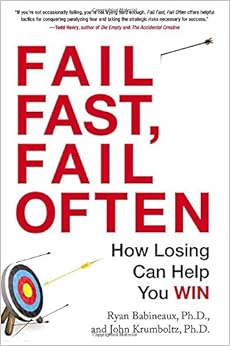Here's the second in a series of brief videos called "Basic Painting Tips." (
Link to YouTube).

The idea here is to lift up the painting as close as you can to your view of the subject, with the palette as close as possible to the painting. Both palette and painting should be approximately perpendicular to the line of sight (arrows). It's also important that palette and painting are in the same lighting. If the painting is in shadow and the palette is in full sunlight, judging color mixtures becomes needlessly difficult.
Pochade easels for oil painters, like the
Open Box M above, place the palette just below the painting, while other systems such as the
Parallel Pallette place it just to the side. With watercolor or runny paint, the palette usually has to be more horizontal. The homemade
Lightweight Sketch Easel that I've been using lately uses a hinge system that lets you place the palette at any angle.
These short tip videos are intended for beginning painters, but I hope they will interest experienced painters, too. The idea is to grab an excerpt from my longer videos that can serve both as a stand-alone information piece and a teaser for my longer content, which covers both beginning and advanced material.
Future videos will include things like:
•
Palette Arrangements (how the colors can be placed)
• Diffusers
• Brush materials
• Brush shapes
• Oil priming
• Overlapping edges
• Drying time
• Shadow colors
• Using enough paint
• Area by area
• Loose block-in
• Brush cleaning
• Brush storage
• Color isolators
• Unifying glazes
BASIC DRAWING TIPS
• Eye level
• Viewfinders
• Measuring lengths
• Measuring slopes
• Ellipses
Is there a topic you would like to see covered in a future video? Teachers, are there reminders that would help your students? Please let me know in the comments.
-----
On topic of palette position, you might also check out my previous blog posts:
•
Using a sketchbook easel vertically
•
Plein-air tip: Go vertical
PAINTING TIP #1: Large to Small)
Full video "Fantasy in the Wild" available in two forms:
Digital download from Gumroad (HD MP4)
DVD (NTSC Region 1)





















